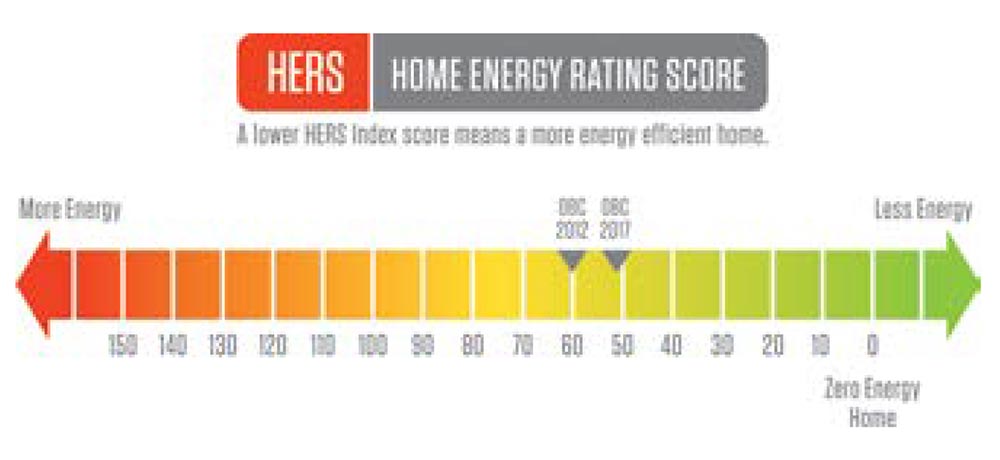THE VIEW FROM INSIDE
ADDRESSING ENERGY EFFICIENCY

Energy usage is a concern for homeowners, for the obvious reason of saving money on utility bills, but also the impact on the environment. In our industry, the Ontario Building Code (OBC) is updated every few years, often resulting in increasing energy-efficiency standards in new homes.
It is important, as an industry, to achieve and exceed OBC requirements to create homes with increased sustainability. Participating in voluntary third-party rating systems, such as Energy Star and LEED, is one way builders improve energy efficiency. In addition, numerous builders create their own specific programs to ensure their homes are better built than the OBC.

Louie Morizio is senior vice president, construction, housing division for Geranium and a director of RESCON. Since 1977, Geranium has built more than 8,000 homes in fine neighbourhoods and communities throughout Ontario.
Geranium.com
Undertaking their own research and reviewing new technologies and materials that are cost and time saving, as well as reducing environmental impact, is an ongoing process for residential builders. It is important to keep an open mind when presented with new products while ensuring they are effective. This often requires extensive testing.
For example, Geranium is testing a new liquid tar material to seal flat roofs. The substance is poured into place becoming a puncture-resistant rubber membrane that seals roof edges and penetrations on the exterior more effectively against inclement weather. It is a durable product, requiring less maintenance and repair and decreases drafts, thereby contributing to overall energy saving.
Many builders devote time and energy to enhance their construction techniques to make sure homes are well sealed, incorporate good air flow and have minimal air leakage. These efforts are being acknowledged through industry recognition. The Building Industry and Land
Development Association (BILD), for example, includes a Green Home Builder of the Year category in its annual awards. The Residential Energy Services Network (RESNET) holds a Cross Border Builder Challenge and gives awards for the lowest Home Energy Rating System (HERS) score. The lower the score, the better it is for the environment. Recently, Geranium proudly received the award for the lowest score (HERS 42) in the Canadian mid-production category for a home in our Whitchurch-Stouffville Bloomington Woods community.
There are different ways builders may address energy efficiency. Other examples include using raised heel trusses providing consistent thickness and more space for attic insulation, Tyvek Air Barrier (a home wrap that performs as a superior air barrier), sprayed-in-place expandable foam insulation and Energy Star qualified windows, all of which Geranium uses. To inform people of the benefits of how we build and the process behind it, we’ve created an online video and hold events such as Hard Hat Tours led by the construction team in a home being built prior to drywall installation to help educate our homeowners on the building process.
In the GTA, the push to design more functional smaller spaces is encouraging lowrise builders to create higher density housing forms, and as a result, seek out innovative products. For example, installing a tankless water heater in combination with an air handler for space heating means the equipment takes up less valuable space while improving energy efficiency; a benefit to the homeowner.
Ontario’s builders are focused on offering top-quality energy-efficient homes that will take owners into the future in comfort and with confidence.


